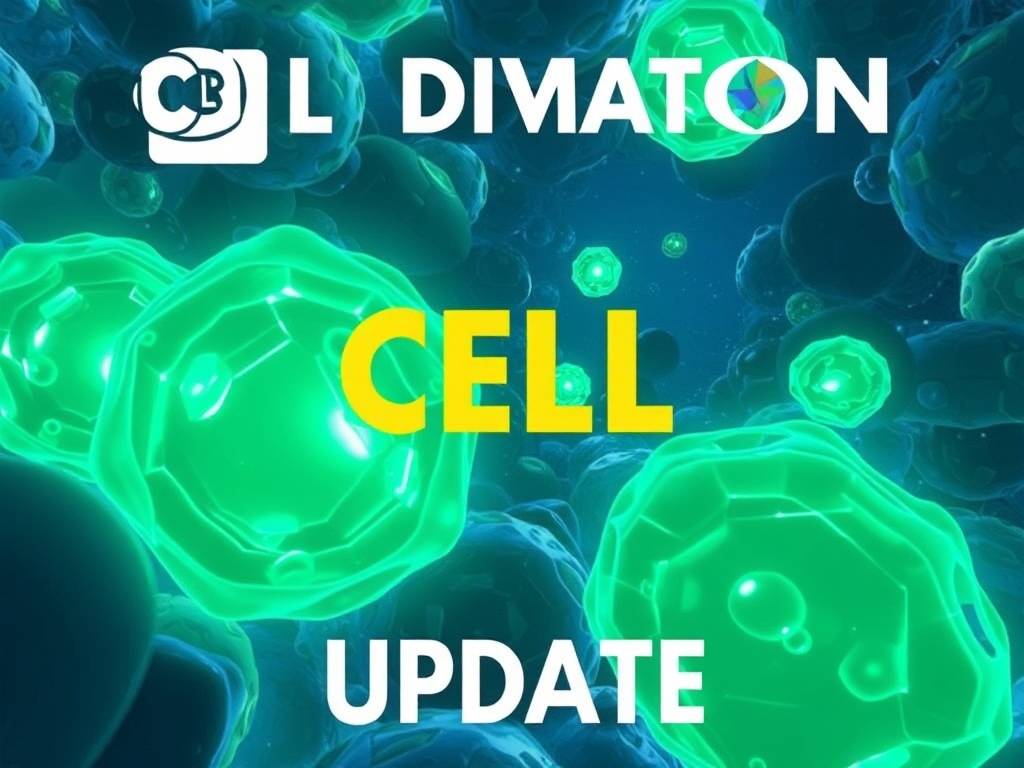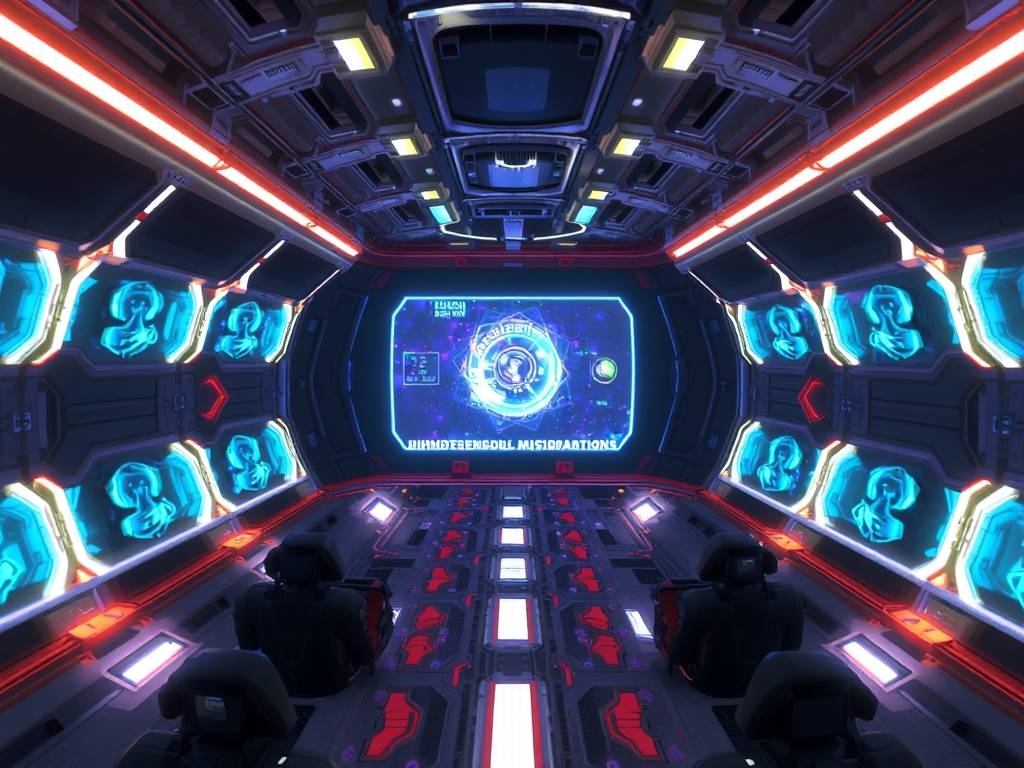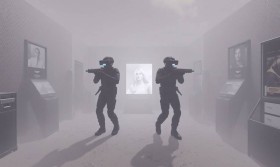Title: Cellular Cosmos: A Deep Dive into the 'Division Missions' Update for Cell Simulator VR
The virtual reality landscape is perpetually evolving, pushing the boundaries of how we interact with digital worlds. While many experiences focus on vast galactic wars or fantastical adventures, a unique niche has been carved out by titles that explore the wonders of the microscopic. Leading this charge is the acclaimed Cell Simulator VR, a game that transforms players from mere observers into active architects of life at its most fundamental level. The latest expansion, the "Division Missions" update, is not just a content drop; it's a monumental leap that redefines the core gameplay loop, injecting strategic depth, narrative purpose, and a thrilling new layer of biological complexity.
For the uninitiated, Cell Simulator VR places you inside a bustling, vibrant, and often perilous microscopic environment. You begin as a humble prokaryotic cell, tasked with the basic instincts of survival: absorbing nutrients, fending off viruses, and managing your precious ATP energy. The game’s genius has always been its immersive, hands-on approach. You don’t click buttons to perform phagocytosis; you physically guide your cell membrane around a glucose molecule. You don’t command a ribosome to synthesize a protein; you assemble the amino acids yourself. It’s a breathtakingly intimate simulation of biology.

Prior to the Division Missions update, the primary endgame was evolution—accumulating resources to purchase new organelles, gradually ascending the evolutionary ladder from a simple bacterium to a complex, multicellular organism. While satisfying, this process could sometimes feel like a solitary grind. The new update directly addresses this by introducing a clear, compelling, and repeatable objective: controlled cellular division as a strategic tool.
The Core of the Update: Mission-Based Proliferation
The cornerstone of this update is the new Mission Control Interface, accessible as a holographic display within your VR cockpit. This interface issues directives from a mysterious "Genetic Command" source. These are the Division Missions. Instead of dividing simply to reproduce when resources are plentiful, division now becomes a tactical decision with specific goals.
Missions are varied and challenging, falling into several key categories:
- Colonization Missions: The most straightforward objective. You are tasked with dividing a set number of times within a newly discovered zone of the petri dish, one rich in resources but also potentially teeming with new predatory threats. This requires careful resource management—you must be robust enough to split but also leave your "daughter cells" with sufficient energy to defend themselves.
- Specialization Missions: This is where the update truly shines, introducing a primitive form of cellular differentiation. A mission might require you to create a cluster of three cells where one specializes in energy production (packed with mitochondria), another in mobility (equipped with multiple flagella), and a third in defense (synthesizing potent lytic enzymes). You manually assign these specializations post-division by allocating your accumulated organelle "blueprints." This creates symbiotic micro-colonies where cells support each other, a profound step toward multicellularity.
- Environmental Adaptation Missions: These missions push you into extreme environments—zones with high acidity, low nutrient density, or aggressive viral populations. The mission is to successfully establish a lineage that can survive for a set duration. This forces players to experiment with organelle combinations they might otherwise ignore, such as reinforced cell walls or more efficient nutrient receptors.
- Cooperative Defense Missions: A thrilling addition that introduces asynchronous multiplayer elements. A "Viral Bloom" event will be announced, threatening the entire ecosystem. Players can accept a mission to rapidly divide, creating a defensive line of cells to absorb the viral attack and protect a valuable "Alpha Cell" NPC, which offers significant evolutionary rewards if saved.
New Mechanics and Strategic Implications
The Division Missions update is far more than a list of new tasks. It fundamentally alters how players interact with their cellular avatar.

The Division Planner: A new tool allows you to "pre-set" the organelle loadout for your next two daughter cells. This is a game-changer. No longer is division a simple split; it's a deliberate act of engineering. Do you create two identical generalists? Or one hardy, immobile "anchor" cell and a swift, agile "scout"? The Division Planner turns each split into a meaningful strategic choice, especially critical for Specialization Missions.
The Lineage Tracker: A beautiful holographic tree now charts your cellular lineage. You can track the lifespan, specializations, and eventual fate (survival, division, or death) of every cell you create. This adds a surprising layer of emotional weight. Watching a cell you carefully crafted sacrifice itself to a bacterium so that its sibling could complete a mission feels impactful. It creates a narrative of your own microscopic dynasty.
Resource Scarcity and Risk: Missions often take place in contested areas. The update introduces more aggressive AI for predators like larger amoebas and bacteriophages. Resources in mission zones are finite, creating a race against time and other AI-controlled cells. The risk/reward calculus is intense: dividing too quickly leaves you vulnerable; dividing too slowly might mean another cell colony claims the resources and the mission fails.
A New Dimension of Immersion
From a presentational standpoint, the update is stunning. The new mission zones feature unique visual and auditory cues. An acidic zone might have a green, hazy tinge with a faint sizzling sound from your VR spatial audio. A nutrient-rich zone glows with a warm, inviting bioluminescence. The Mission Control voice, a calm but authoritative digital female voice, provides a sense of scale and purpose, making you feel like an operative in a grand, biological experiment.
Conclusion: Evolving the Experience
The "Division Missions" update for Cell Simulator VR is a masterclass in how to expand a simulation game. It doesn't just add more content; it adds more game. It provides a framework that gives players direction, encourages strategic experimentation, and deepens the connection to the microscopic world they inhabit. By transforming cellular division from a simple mechanic into a complex, mission-critical tool, the developers have successfully bridged the gap between a relaxing sandbox and a compelling, objective-driven strategy game. This update ensures that Cell Simulator VR remains not only the most immersive educational tool in VR but also one of its most uniquely engaging and thoughtful experiences.


















